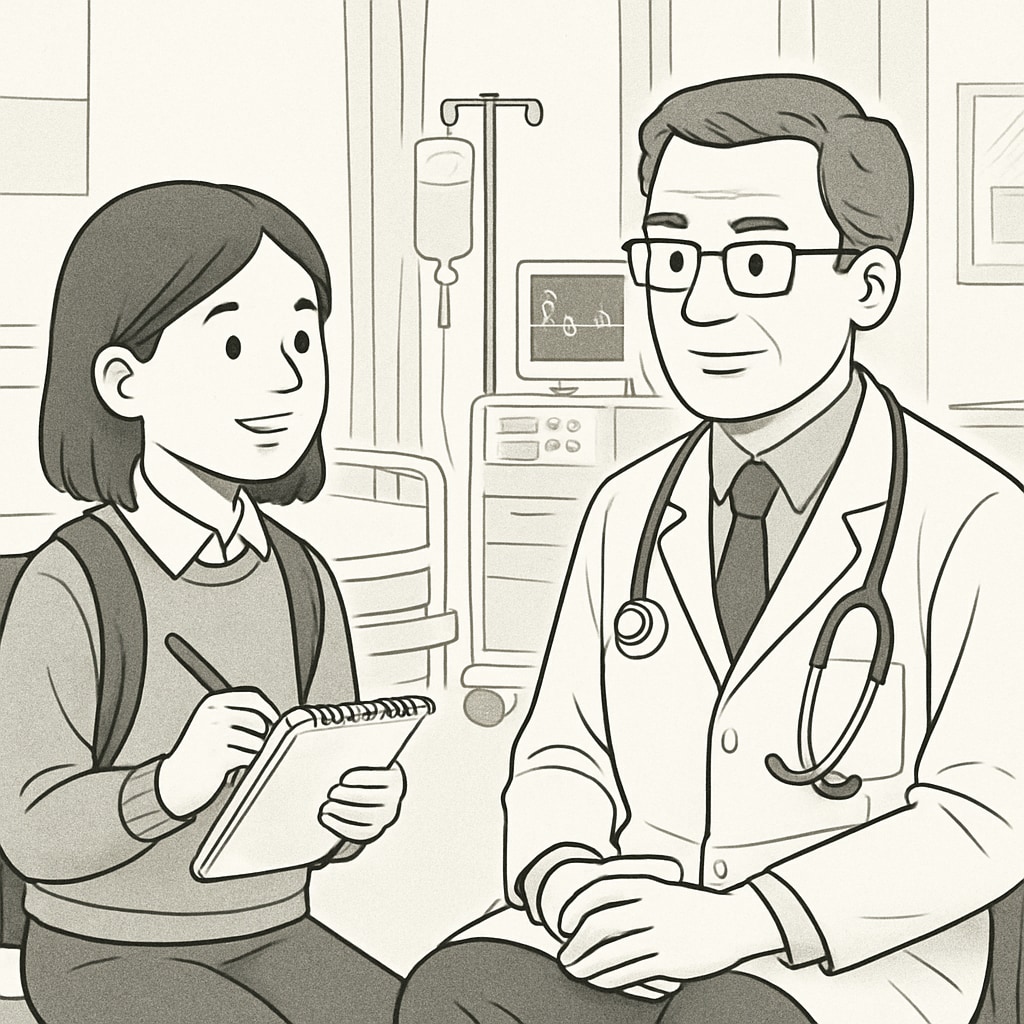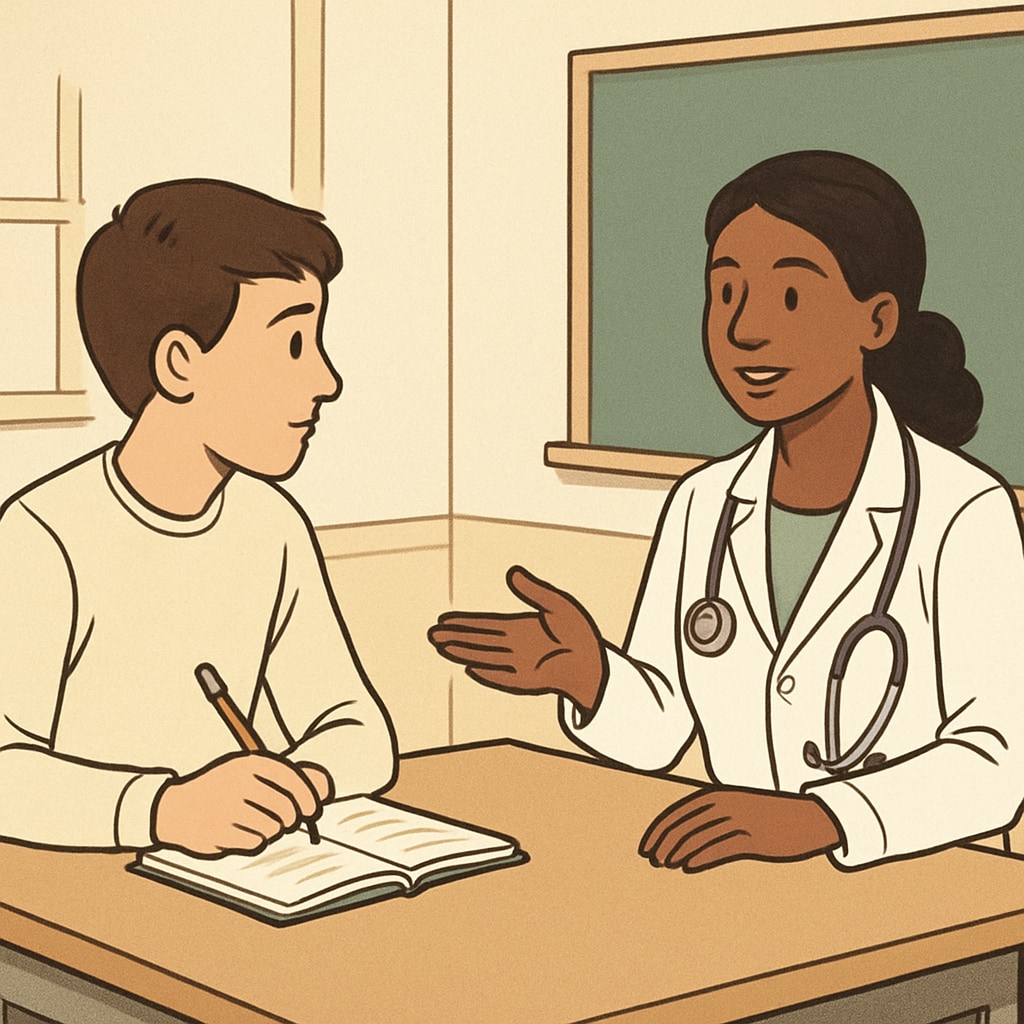Exploring “medical career interviews,” “career planning,” and “medical education” can significantly aid K12 students in understanding the realities of a medical profession. Early exposure to structured interviews with healthcare professionals allows young learners to gain valuable insights into the challenges and rewards of pursuing a career in medicine. In this guide, we’ll explore how to design effective interview frameworks that inspire future physicians while helping them make informed career decisions.
The Importance of Medical Career Interviews for Students
Medical career interviews serve as a gateway for students to explore their interests in healthcare and gain a deeper understanding of the profession. By interacting with experienced doctors and other medical professionals, students can learn about the daily responsibilities, educational requirements, and emotional resilience needed to thrive in this field. These conversations not only demystify the profession but also help students envision themselves in similar roles.
- Real-world insights: Students learn about the practical aspects of medicine, including patient care, research, and teamwork.
- Inspiration: Hearing personal stories from professionals can motivate students to pursue their dreams.
- Role model identification: Interviews help students identify mentors and role models in the medical field.
- Career clarity: Understanding the challenges and rewards of medicine aids in realistic career planning.

How to Structure Medical Career Interview Questions
Creating a well-thought-out question framework is essential for maximizing the benefits of medical career interviews. Questions should be designed to cover various aspects of the profession, from technical skills to personal experiences. Below is a suggested framework:
- Background and inspiration: “What inspired you to pursue a career in medicine?”
- Education pathway: “What academic qualifications and training are required to become a doctor?”
- Daily responsibilities: “Can you describe a typical day in your role?”
- Challenges faced: “What are the most challenging aspects of your profession?”
- Rewards and satisfaction: “What do you find most fulfilling about being a doctor?”
- Advice for aspiring physicians: “What advice would you give to someone considering a career in medicine?”
By focusing on these areas, students can gain a comprehensive understanding of the profession and make informed decisions about their future paths.

Benefits of Early Exposure to Medical Education
Early exposure to medical education through interviews can have lasting impacts on a student’s career trajectory. It allows them to explore their interests, understand the commitment required, and develop a realistic view of what it means to work in healthcare. Additionally, these interactions can enhance soft skills such as communication, empathy, and critical thinking.
For example, organizations such as the American Medical Association and Britannica’s Medicine Overview provide extensive resources for aspiring medical professionals. Leveraging these resources in tandem with personal interviews can offer students a well-rounded perspective.
Conclusion: Building a Foundation for Future Physicians
Medical career interviews offer K12 students a unique opportunity to understand the realities of a profession that requires dedication, compassion, and resilience. By using structured question frameworks and engaging with experienced professionals, students can gain insights that inspire and inform their career choices. In addition, early exposure to the medical field fosters essential skills and attitudes, laying the groundwork for their journey toward becoming future physicians.
Helping students connect with medical professionals is not just about answering questions—it’s about opening doors to possibilities. Whether they decide to pursue medicine or another field, the lessons learned from these interviews will be invaluable in shaping their futures.
Readability guidance: Keep paragraphs concise and use lists for clarity. Include transition words to improve flow. Ensure that the article remains accessible to a wide audience by balancing technical terms with clear explanations.


